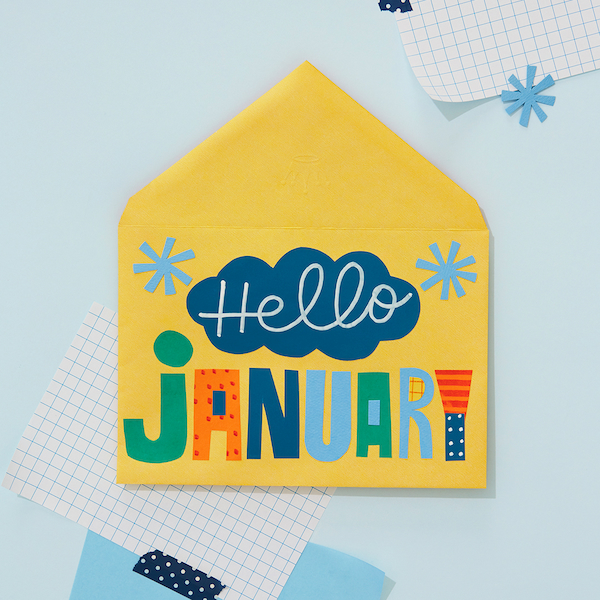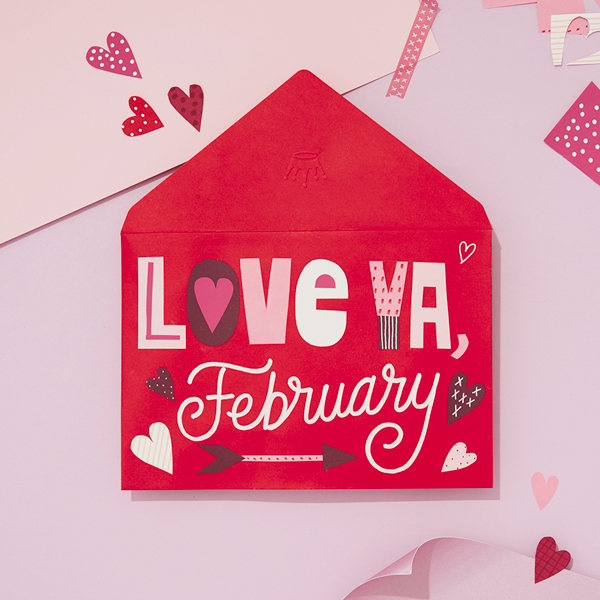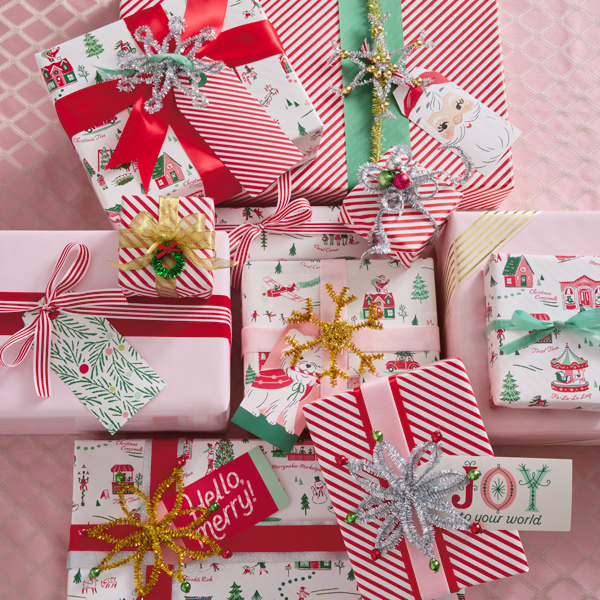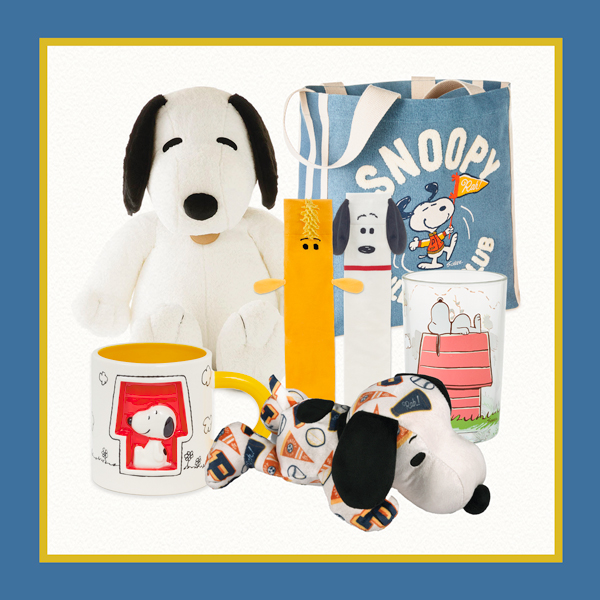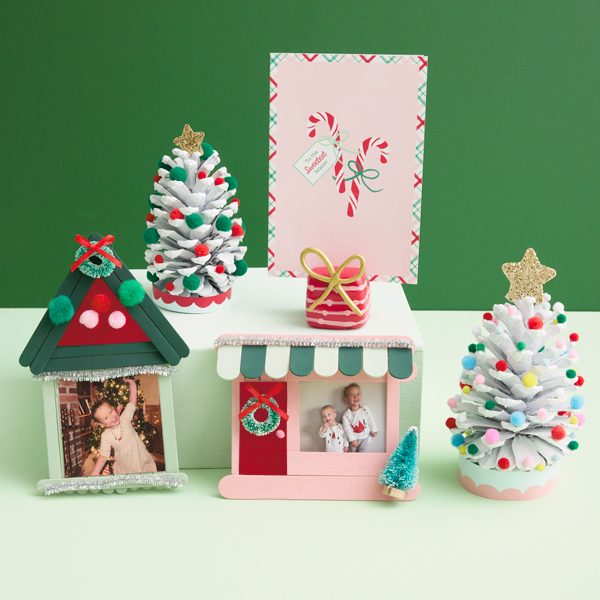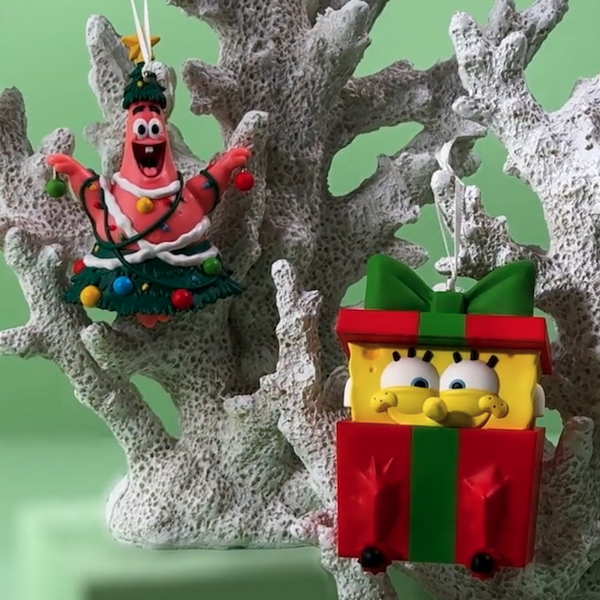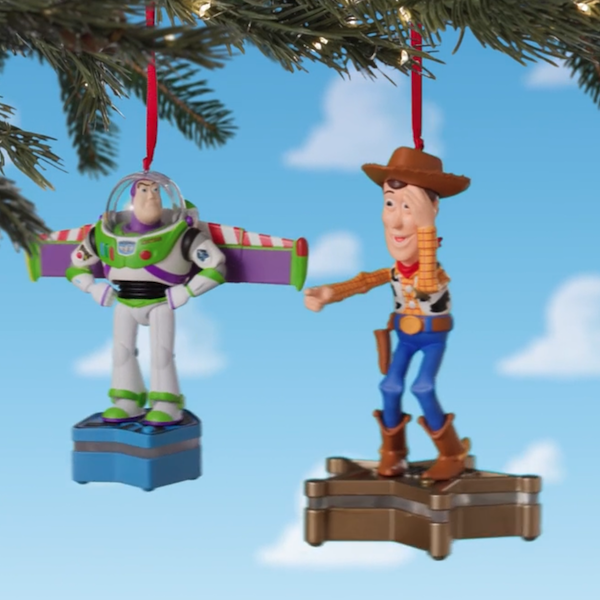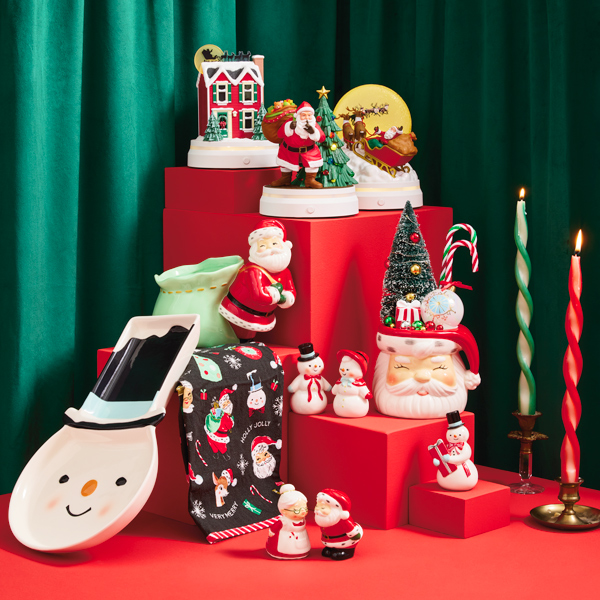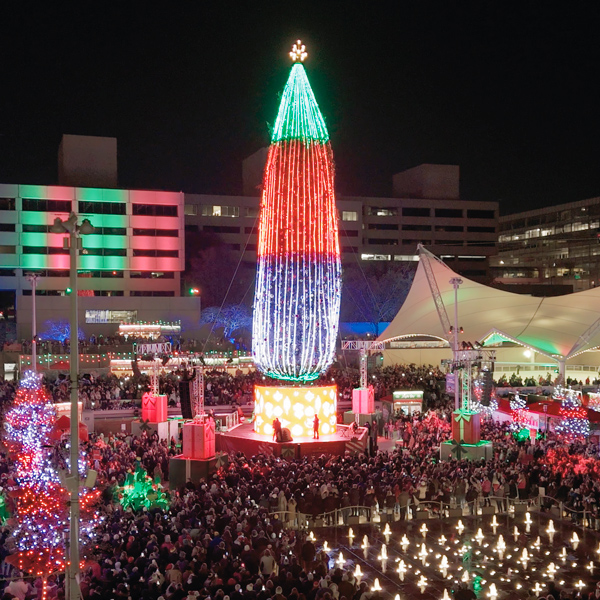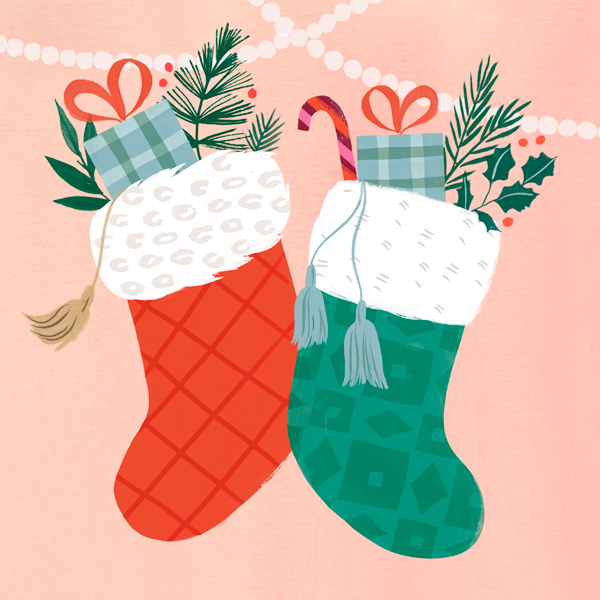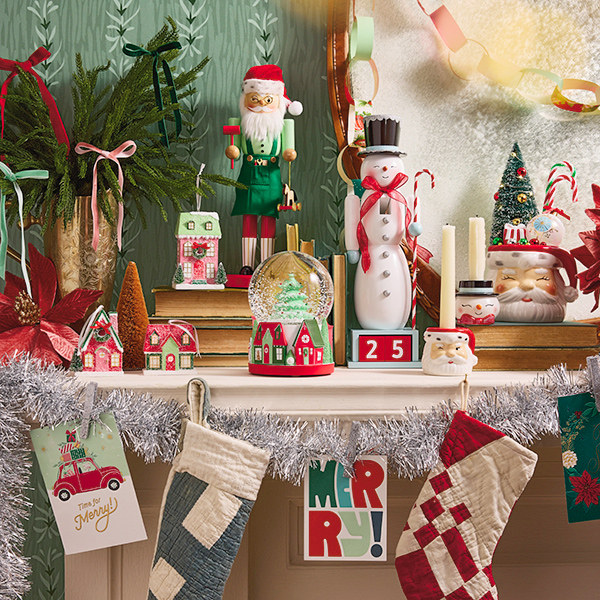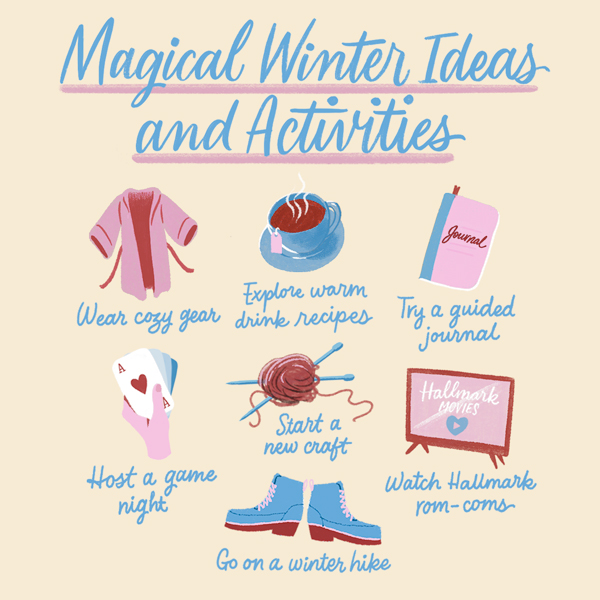What is Kwanzaa?
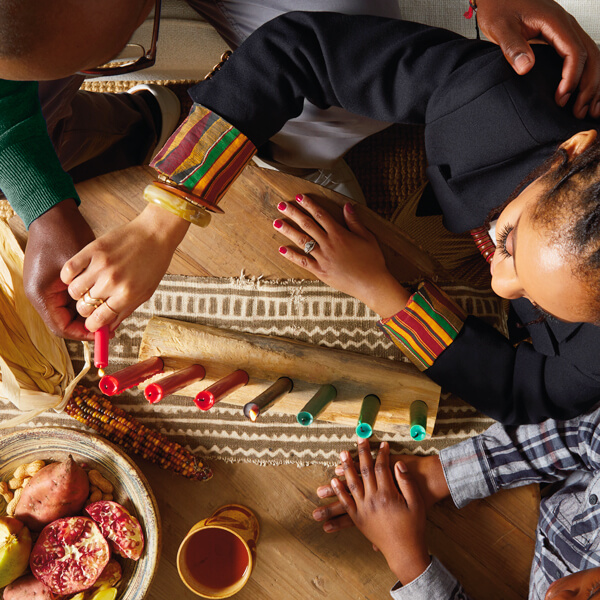
What is Kwanzaa? A festival of lights rich in African symbolism, it takes place each year from December 26th through January 1st. This joyous holiday draws inspiration from time-honored African customs and symbols, many related to harvest celebrations and community ideals of shared work, purpose, creativity, possibility, faith and celebration of togetherness.
Inspired? Create and share by tagging @hallmarkstores.
Who Celebrates Kwanzaa?
Kwanzaa is a celebration of unity among Black people in the United States along with people of African heritage the world over. Over 12.5 million celebrate Kwanzaa in the United States alone.
Kwanzaa celebrates Black family and community, culture and traditions, history and heritage, and unbreakable hope for the future. It’s an opportunity for Black families to honor ancestors and elders and cherish children even more. They commemorate the Black past and celebrate hopes for the Black future. They acknowledge their struggles but pay tribute to their persistence, resilience and transcendence over and through tough times.
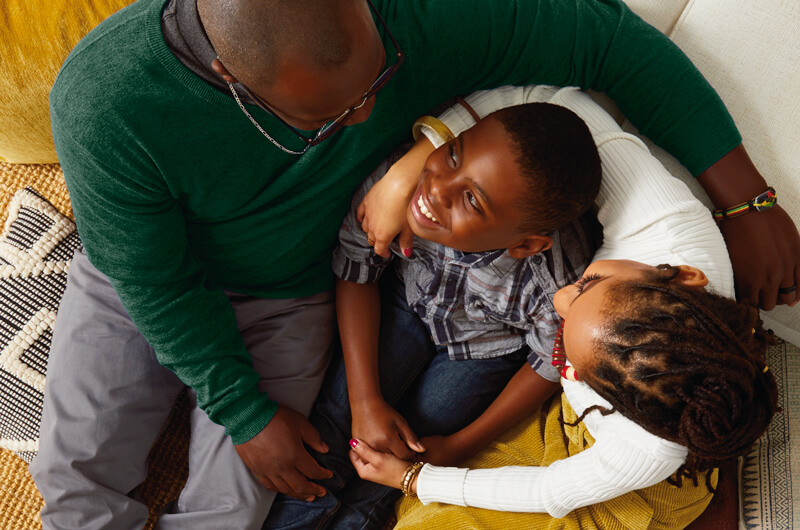
The History of Kwanzaa
Dr. Ron Maulana Karenga created Kwanzaa in 1966 as a way to help Black families and communities heal from the painful racial unrest, emotional distress and violence they’d experienced during the Civil Rights movement. Mindfulness, reflection and healing for Black people are built into the rituals and celebration of the holiday.
Black communities have embraced Kwanzaa as a way of connecting both to their ancestral African origins and to other diverse Black people and cultures in the African diaspora around the world.
One beauty of Kwanzaa is in how it brings generations together in a joyous, celebratory and self-affirming holiday honoring Black family and communal histories, experiences and culture with dignity.
As a way to counter the injustice of the past, the celebration of Kwanzaa gives Black people an opportunity to positively see, value and celebrate themselves in a society that has often struggled to do the same.
Celebrated across the United States and around the world, this empowering holiday experience echoes each year in Black homes, communities, churches, historically black colleges and other public spaces.
While Dr. Karenga did want to create a unique holiday specifically for Black people, Kwanzaa is not a replacement for Christmas. Christmas is a religious holiday, while Kwanzaa is a cultural one.
Many Black people are Christians who celebrate the birth of Jesus Christ at Christmas time, and they also celebrate Kwanzaa. Many others who are Muslim or of other religious faiths do not celebrate Christmas, but they do observe Kwanzaa.
Want to send a Kwanzaa card? Find just the right words for your Kwanzaa message from Hallmark writers.
The Seven Principles of Kwanzaa
During Kwanzaa, families, kinship groups and communities organize around the Seven Principles or Nguzo Saba:
- Umoja stands for unity in Black families and communities and among Black people all around the world.
- Kujichagulia means self-determination and the ability of Black people to build their own future by defining, naming and speaking for themselves.
- Ujima is the Swahili word for collective work and responsibility, encouraging Black people to work together and be accountable to one another.
- Ujamaa stands for cooperative economics in Black communities, combining energy and focus to build businesses and economic stability and to support each other’s economic goals.
- Nia means purpose, inspiring Black people to build personal and communal dreams and goals to work towards together.
- Kuumba is creativity, creating things of beauty that strengthen and empower Black people and Black communities.
- Imani means faith in Black people, families and heritage keeping faith that the struggle for justice will be won.
Observers are encouraged to enter Kwanzaa with a deep sense of respect and commitment to the principles, values and practices of this meaningful holiday.
Kwanzaa Decor and Dress
Part of preparing for Kwanzaa involves filling homes and gathering spaces with symbols and symbolism of Black pride.
Many Black families decorate with the colors of the Bendera, the Black liberation flag: red, black and green. Red symbolizes the struggle of Black people, black represents pride in Black skin and green stands for promise and hope for the future.
Kwanzaa celebrants may also choose to wear traditional African kente or mud cloth as well as clothing from Black-owned businesses. Everything, from clothing to artwork, is an opportunity to proudly display the rich legacy of Black culture.
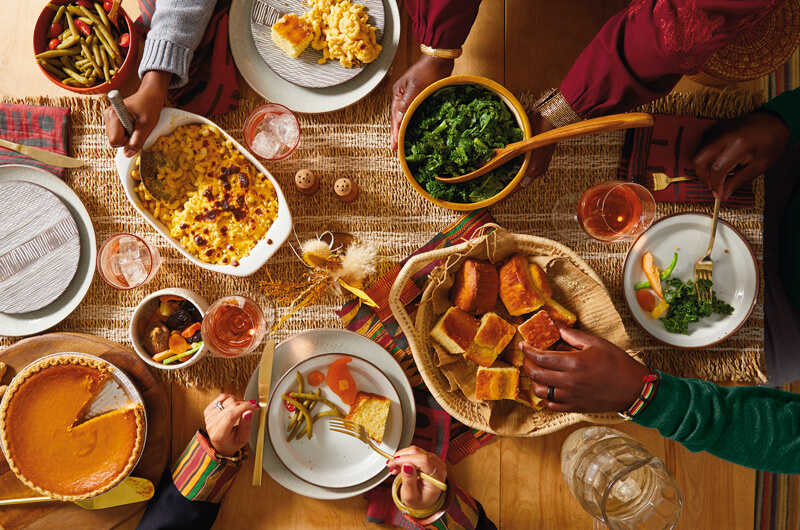
The Seven Symbols of Kwanzaa
Central to decorating is setting up the seven symbols of Kwanzaa:
- Mkeka, the mat upon which all the other symbols of Kwanzaa rest. Because the mkeka is meant to symbolize the foundation for Black history and heritage, it is prominently displayed.
- Mazao, the fruits and vegetables meant to represent African harvesting traditions where crops are the rewards of collective work and cooperation.
- Muhindi, the ears of corn, which represent the hope associated with younger generations and for future descendants.
- Kinara, the candleholder symbolizing ancestral origins, sits at the center of the mat and holds the mishumaa saba or seven candles.
- Mishumaa Saba, the seven candles: three red, three green and one black. The single black candle stands in the center to represent Black people everywhere. The red candles, representing the struggle, are placed to the right and the green candles, representing hope for the future, are placed on the left.
- Kikombe cha Umoja, the unity cup symbolizes unity among Black peoples and plays an important role in the candle-lighting ceremony.
- Zawadi, gifts placed on or near the mkeka throughout the seven-day celebration. During Kwanzaa, these gifts represent the fruits of labor and the reward of seeds sown throughout the year.
Traditionally, one ear of corn per child is placed on the mkeka. However, if there are no children in the home, two ears of corn are placed to represent the children in the community.
The Candle-Lighting Ceremony
Black families and children excitedly gather each night for the candle-lighting ceremony. There are no specific rules about who lights the candle: The honor may be given to the youngest or to the eldest. Some families choose to give this role to a different person each night.
On the first night of Kwanzaa, the black candle, signifying Umoja or unity, is the first to be lit. Three green candles representing Nia, Kuumba and Imani and three red candles representing Ujima, Kujichagulia and Ujamaa are lit on their respective days.
After each candle is lit, those gathered discuss the principle of the day.
The Kwanzaa Karamu Feast
The Kwanzaa Karamu is traditionally held on December 31st and culminates in a joyous feast and celebration.
This special event often features performances of cultural expression. Black families celebrate Karamu with their favorite works by Black authors, artists and musicians. There may be dancing, singing, storytelling or poetry readings, as well as performances of African drumming and music.
Central to the Karamu is the food, which is typically spread out on a communal table. The feast features both traditional African dishes and soul food recipes that have been handed down over time.
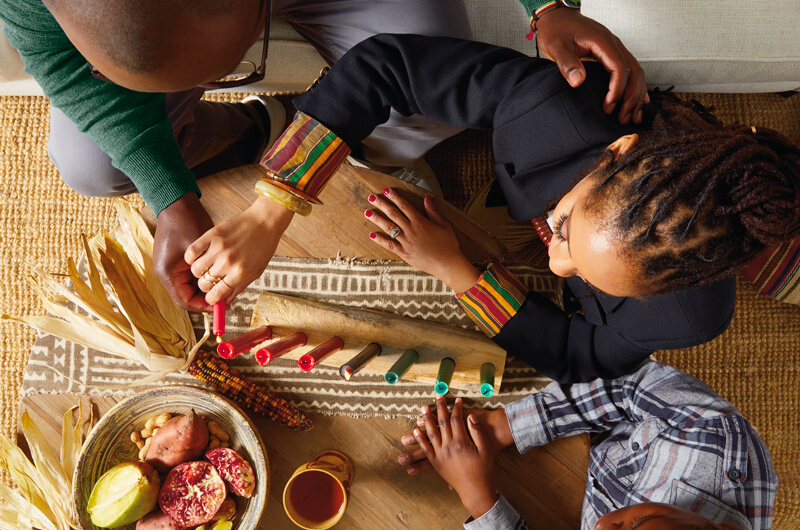
The Pouring of Libations
Libations are an integral way to honor Black ancestors and send blessings to those who may not be present. They are traditionally poured on the sixth day of Kwanzaa during the Karamu.
An elder usually leads this ceremony, pouring water, juice or wine into the unity cup to begin making the Tamshi la tambiko, or libation statement. The ritual is a way to praise the ancestors and continue the work they began.
After each person has drunk from the unity cup—or from their own cups, in modern gatherings—the elder pours the libation and invites a call to unity. Everyone present chants “harambee” or “let’s pull together” seven times. The lyrical chant ends with “Ashe” or “Amen.”
The Last Day of Kwanzaa
The last day of Kwanzaa, also known as the “Day of Mediation,” falls on January 1st. Families, kinships, groups and communities use this time to recommit themselves to the ideals of Kwanzaa.
This day is to reflect on three guiding questions:
- Who am I?
- Am I who I say I am?
- Am I all I ought to be?
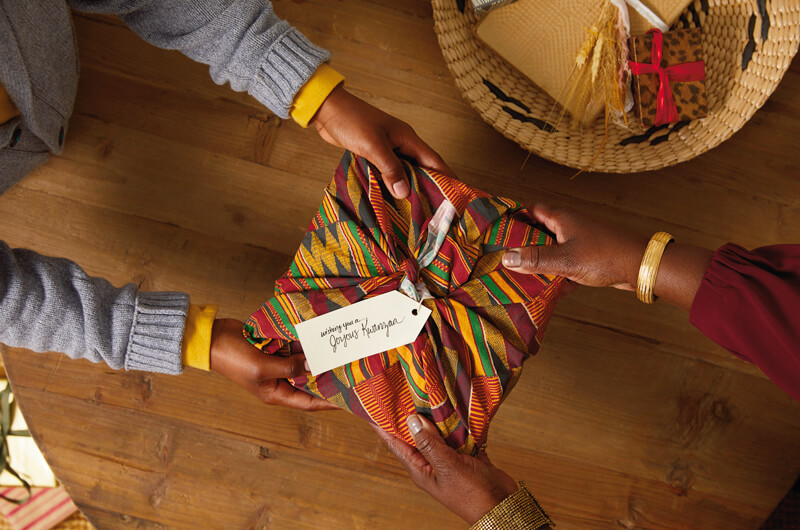
Kwanzaa Gift-Giving
Traditionally, the last day of Kwanzaa is also a time for exchanging meaningful gifts or zawadi. The principle of kuumba (creativity) is embraced with families sharing handmade, educational and artistic gifts.
Many gifts also revolve around principles like unity, purpose and cooperative economics. Gifts for children, especially, must include heritage symbols and books that show a commitment to education and Black pride.
A Celebration of Cultural Heritage
Today, Kwanzaa unites African descendants across the globe through their shared cultural heritage. It is this unifying bond that makes the holiday a vital coming-together each December. Kwanzaa invites people everywhere to build upon and honor Black legacies of the past and continue creating possibilities for Black futures.
Learn more about Kwanzaa:
You may also like
See more-
Calendar Flip Spring Forward: March 2026 Holidays and Observances
Color us excited! From the wearin’ of the green and more sunny fun to colorful Holi festivals and celebrating crayons...
-
Calendar Flip Welcome a New Year: January 2026 Holidays and Observances
HAPPY NEW YEAR! If that hurt your head, you might have celebrated a little too much. When you’re feeling better, we h...
-
Calendar Flip Hello, Love: February 2026 Holidays and Observances
Let’s warm up this cold month with love and connections. From valentine cards to dressing up your pet, this month has...
-
Christmas 3 Christmas gift wrap ideas to match your holiday personality
If you’re anything like me, the holiday season can make you tap into different sides of yourself. Maybe you become th...
-
Gifting 60+ Peanuts® Snoopy gifts to help fans channel their favorite beagle
It was a dark and stormy night in the winter of 2015. I was 17 years old, overwhelmed with AP classes, senior-year st...
-
Christmas 3 Christmas kids craft ideas, plus activities for even more easy holiday fun
From decorating the house to baking cookies, the Christmas season gives us so many opportunities to get creative and ...
-
Christmas The best Christmas gift idea: Bikini Bottom BFFs
Got a bestie who's as silly as you? Or one who's there through all of life's storms with a smile? Then we think this ...
-
Christmas Which Disney Pixar character is your favorite? 🤔
Thankfully, with so many beloved Disney Pixar character Keepsake Ornaments, you won't have to choose a favorite this ...
-
Christmas Not having Cher on your tree? As if! 💅
If you're a Millennial, we predict you will be majorly, totally, butt crazy in love with this Clueless Keepsake Ornam...
-
Christmas 20 vintage Christmas ideas to turn up the charm this holiday season
When I think of my perfect Christmas, vintage vibes are always what come to mind first. Santa’s sleigh in a dreamy wi...
-
Christmas 20+ ideas to help you plan your trip to the Hallmark Christmas Experience
Ever wanted to step inside of a picture-perfect Hallmark Christmas movie? Or travel to a place where you could immers...
-
Christmas Sit fireside with the cutest snowfolks around!
A campfire might seem like the least likely place to find a few snowmen hanging out, but if it's cold enough, even th...
-
Christmas With so much magic, we can’t choose a favorite!
Every Keepsake Ornament is magical, but our ornaments with light, sound and music are in a class all their own. From ...
-
Christmas Stocking stuffer ideas for literally everyone on your list
The stocking stuffer struggle is real. By the time you’ve bought your main presents, you feel like you’re all out of ...
-
Christmas You love Keepsake Ornaments…we love rewarding you! 🥳
Collecting Keepsake Ornaments isn't just a hobby for you—it's a passion! And that kind of enthusiasm is something we ...
-
Christmas 60+ Christmas decorating ideas to deck your halls—and every other space!
If you’re searching for Christmas decorating ideas to make all your spaces extra jolly and put you in a merry mood, y...
-
Christmas Dance your way to Christmas morning 🦛🎄
Keep little ones giggling and grooving all holiday break-long with this musical dancing Christmas hippo plush! Does i...
-
Winter Lean into the Season: winter ideas to make the season bright and extra cozy
There are two types of people in this world: those who love winter and those who’d endure an eternity of wearing wet ...
-
Christmas What happens when you put a Keepsake Artist in front of the camera? 🤔
Keepsake Artists are masters of turning everyday moments into cherished Christmas memories, in the form of beautifull...
-
Christmas Get ready—the Grinch is headed your way for the holidays! 💚
He'll snatch up your boxes. He'll snatch up your bags. He'll rifle through presents, regardless of tags! But one thin...


